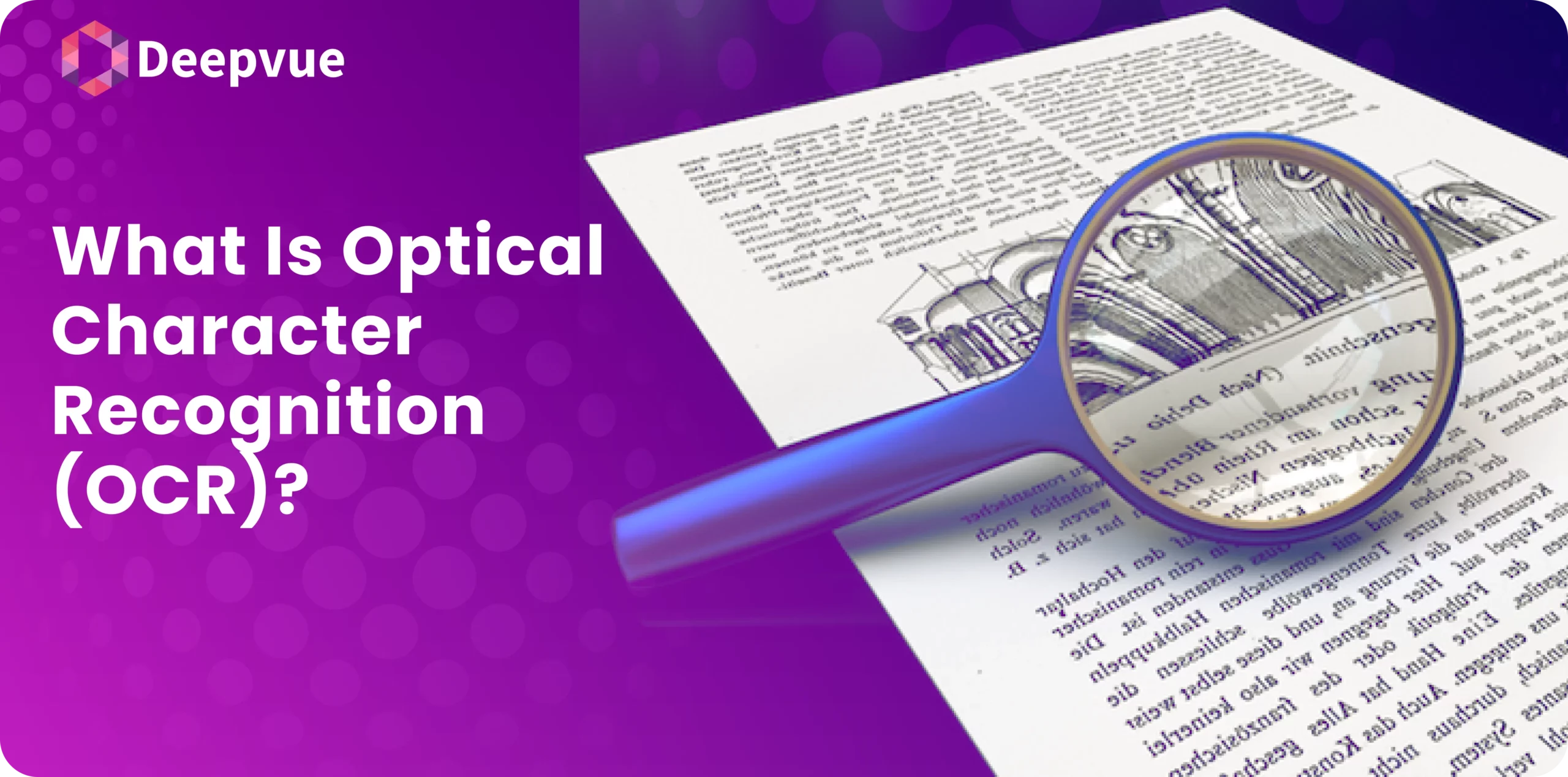Quick and accurate identity verification is essential for a strong financial system, especially in the current digital-first world. The adoption of Aadhaar e-KYC for PAN (Permanent Account Number) verification is a significant step in this direction. In the October-December quarter (Q3) of FY 2022-23, more than 84.8 crore e-KYC transactions were executed using Aadhaar. (PIB Press Release)
This blog will delve into the need for efficient PAN verification, how Aadhaar e-KYC works, its benefits, legal and privacy considerations, implementation process, and future prospects.
Why is PAN Verification important?
PAN verification is crucial for India’s financial ecosystem. As of March 31st, 2024, over 74.67 crore PAN have been allocated, which is nearly half of India’s population, highlighting the importance of PAN in financial transactions and tax compliance.
Importance of PAN in Financial Transactions
PAN is required for a wide range of financial activities. Whether it’s opening a bank account, buying property, investing in the stock market, or conducting high-value transactions, PAN acts as a unique identifier that helps track these activities and ensures they are reported accurately. This helps prevent financial fraud and money laundering.
Impact of Inaccurate PAN Verification
Errors in PAN verification can lead to significant issues, including tax evasion and fraudulent transactions. Inaccurate verification means that individuals and businesses can escape paying their taxes, which impacts government revenue and public welfare. Therefore, accurate PAN verification is essential for maintaining tax compliance and financial integrity.
Using Aadhaar e-KYC for PAN verification can significantly enhance accuracy and efficiency, benefiting both individuals and the government.
How does Aadhaar e-KYC work?
Aadhaar e-KYC is a digital identity verification system introduced by the Unique Identification Authority of India (UIDAI). It uses Aadhaar, a 12-digit unique identity number based on biometric and demographic data.
1. Linking Aadhaar and PAN: Aadhaar e-KYC uses the biometric and demographic data in Aadhaar to verify PAN details, ensuring accuracy and reduced errors.
2. Multiple Authentication Modes: Aadhaar e-KYC offers several authentication modes, such as fingerprint, iris scan, and one-time password (OTP). These methods increase security and minimize fraud.
3. Paperless and Real-time: The process is entirely digital and can be completed in real-time, reducing paperwork and administrative overhead.
4. Wide Applicability: Aadhaar e-KYC can be used across various sectors, including banking, telecom, and government services, making it a versatile tool for identity verification.
5. Enhanced Security: Advanced encryption and security measures protect individuals’ personal data during the verification process.
The widespread benefits of Aadhaar e-KYC make it an effective solution for PAN verification and other identity authentication needs.
Benefits of Aadhaar e-KYC for PAN Verification
Adopting Aadhaar e-KYC for PAN verification offers several advantages:
1. Accuracy and Speed: Aadhaar e-KYC ensures over 99% accuracy and reduces verification time to minutes, minimizing errors and delays.
2. Cost Reduction: By eliminating paperwork and manual processes, Aadhaar e-KYC can lead to significant cost savings for financial institutions and government agencies.
3. Fraud Prevention: Biometric and OTP-based verification methods enhance security and prevent identity theft, reducing fraudulent PAN registrations.
4. Increased Accessibility: Aadhaar e-KYC has made PAN verification more accessible and convenient, especially for individuals in rural areas.
5. Improved Compliance and Transparency: The seamless integration of Aadhaar and PAN has improved tax compliance and transparency in financial transactions.
The numerous advantages of Aadhaar e-KYC demonstrate its pivotal role in streamlining PAN verification processes and contributing to financial inclusion and transparency in India.
Understanding Legal Framework and Privacy Concerns
The adoption of Aadhaar e-KYC for PAN verification is supported by a robust legal framework and measures to address privacy concerns:
1. Legal Provisions: The Aadhaar Act, 2016, provides the legal basis for using Aadhaar e-KYC. It outlines the permitted usage of Aadhaar data and highlights the importance of consent.
2. Data Protection Measures: Stringent data protection measures, including encryption and biometric safeguards, ensure individuals’ data security during the verification process.
3. Supreme Court Rulings: The Supreme Court of India upheld the constitutional validity of Aadhaar in 2018, emphasizing the importance of protecting citizens’ privacy. This led to amendments to the Aadhaar Act to strengthen data protection and consent mechanisms.
4. UIDAI Oversight: The UIDAI monitors and regulates the use of Aadhaar data, ensuring compliance with the law and preventing misuse.
Despite these measures, concerns about data security and misuse persist. Continuous vigilance, audits, and transparency are essential to address these concerns and maintain the trust of individuals.
How to implement Aadhaar e-KYC in PAN Verification
Implementing Aadhaar e-KYC for PAN verification involves several key steps and stakeholders:
Role of Government Agencies
The IT Department and UIDAI work together to establish secure data-sharing mechanisms and ensure compliance with legal frameworks.
Integration by Financial Institutions
Banks and other financial institutions integrate Aadhaar e-KYC into their customer onboarding processes. According to a PIB release dated 27th Jan 2023, over 100 banks have successfully incorporated Aadhaar e-KYC, streamlining PAN verification for their customers.
Verification Process
Individuals provide their Aadhaar number and undergo biometric verification. Once verified, their PAN details are authenticated, ensuring a seamless and secure process.
Challenges & solutions
Ensuring robust cybersecurity and data protection remains a challenge. However, the implementation of Aadhaar e-KYC has significantly reduced paperwork, costs, and time associated with PAN verification, offering a more efficient solution.
How does the future of Aadhaar e-KYC look?
The future of Aadhaar e-KYC for PAN verification looks promising, driven by technological advancements and evolving regulatory frameworks:
1. Broader Applications: There are ongoing discussions to expand the use of Aadhaar e-KYC to areas such as e-commerce, healthcare, and education, which could revolutionize service delivery in India.
2. Emerging Technologies: The adoption of blockchain for secure data sharing and advanced biometrics is being explored to ensure greater data integrity and privacy.
3. Digital India Vision: The government’s vision of a Digital India sees Aadhaar e-KYC playing a crucial role in building a seamless and efficient digital ecosystem.
4. Continuous Vigilance: As the system expands, maintaining data security and privacy is paramount. Continuous monitoring, audits, and adherence to robust regulatory safeguards are essential to address concerns and build trust.
Conclusion
The adoption of Aadhaar e-KYC for PAN verification marks a significant step towards a more efficient, secure, and inclusive financial system. Its numerous benefits, supported by a strong legal framework and continuous advancements, make it a promising solution for the future. By addressing privacy concerns and leveraging emerging technologies, Aadhaar e-KYC can continue to enhance identity verification processes and contribute to the broader goals of financial inclusion and transparency in India.
To learn more about how Deepvue’s Verification Suite can enhance your Aadhaar e-KYC for PAN verification process, visit Deepvue.tech and explore their range of APIs designed to ensure accuracy and efficiency.








